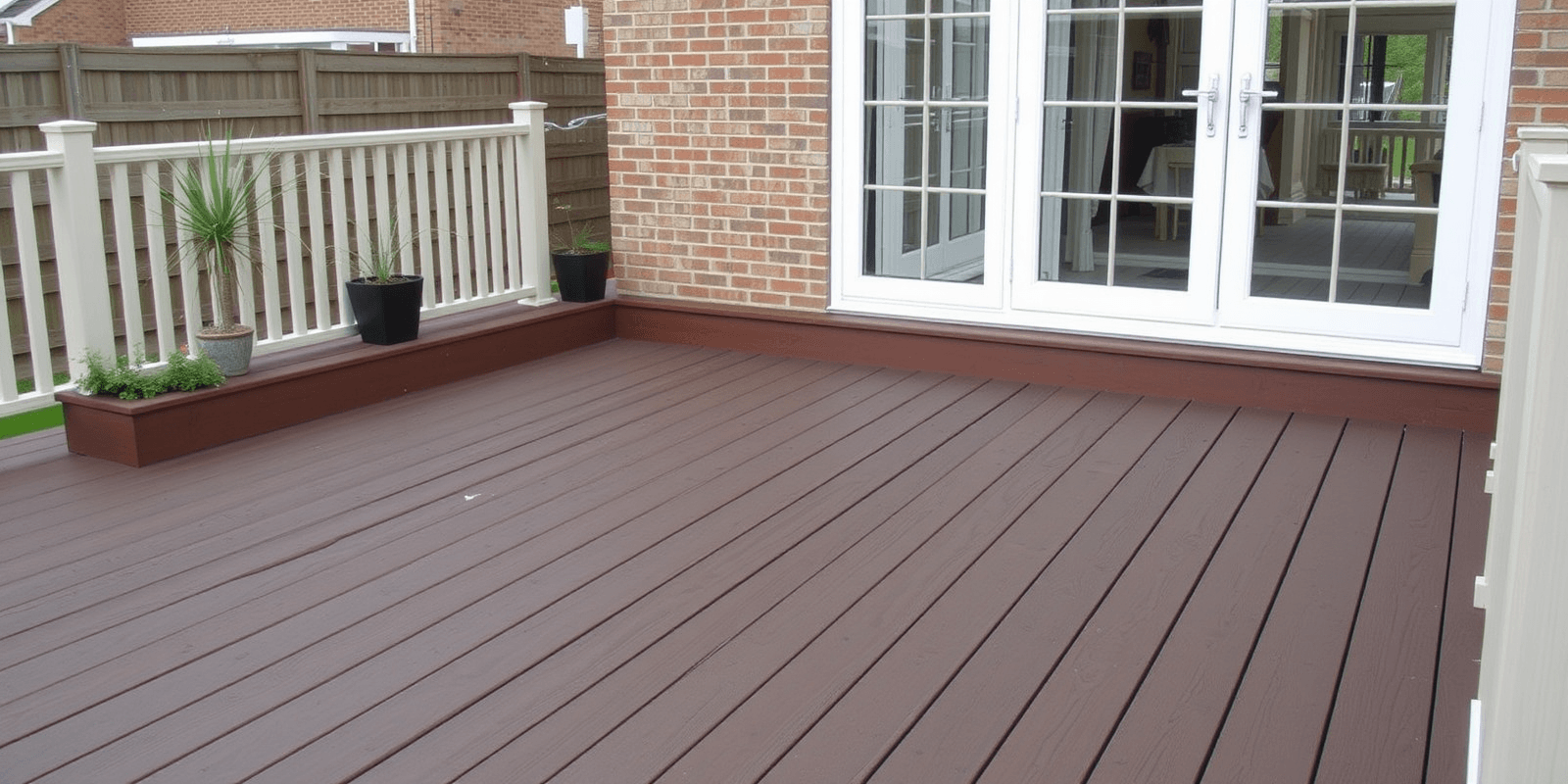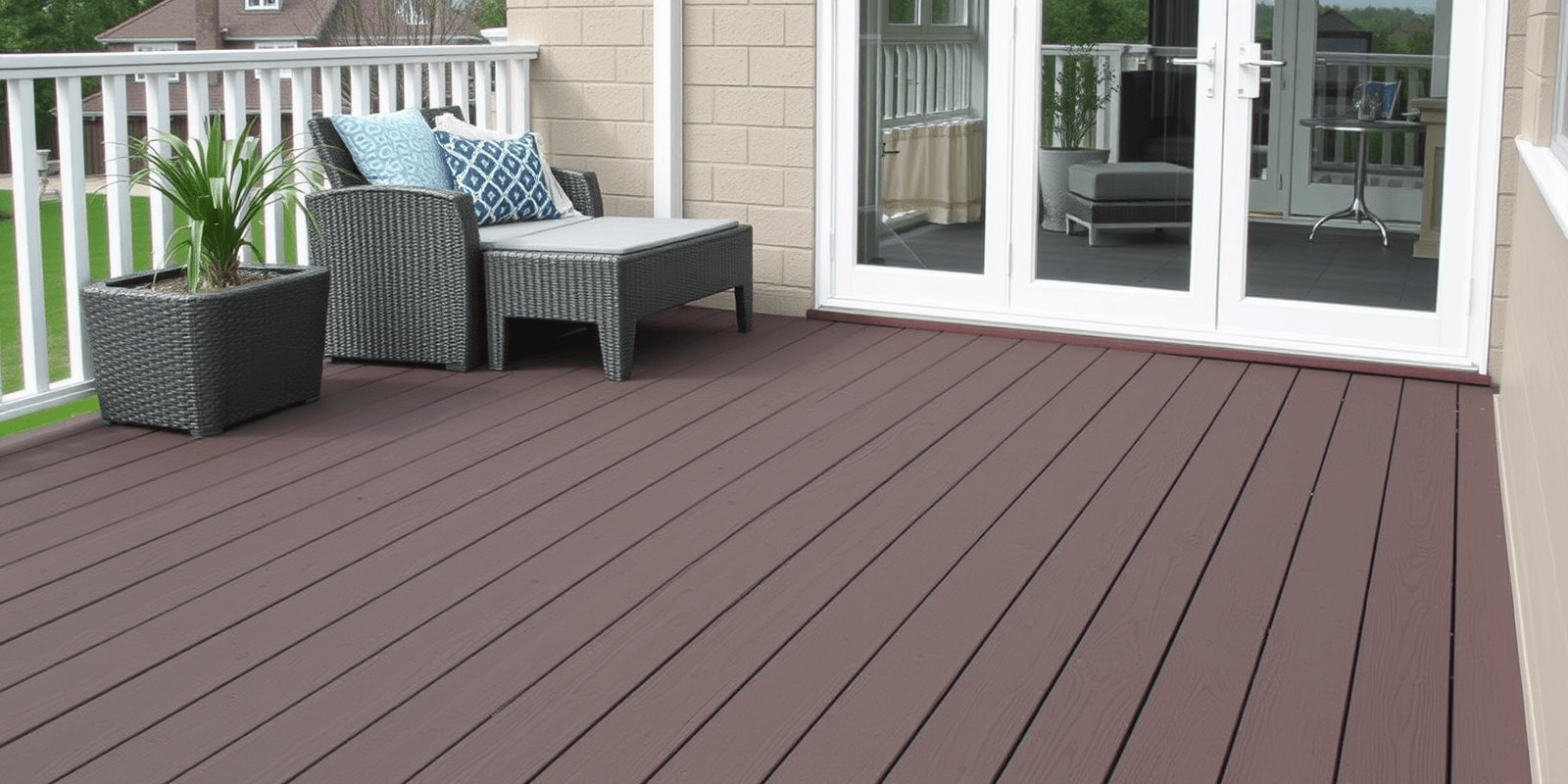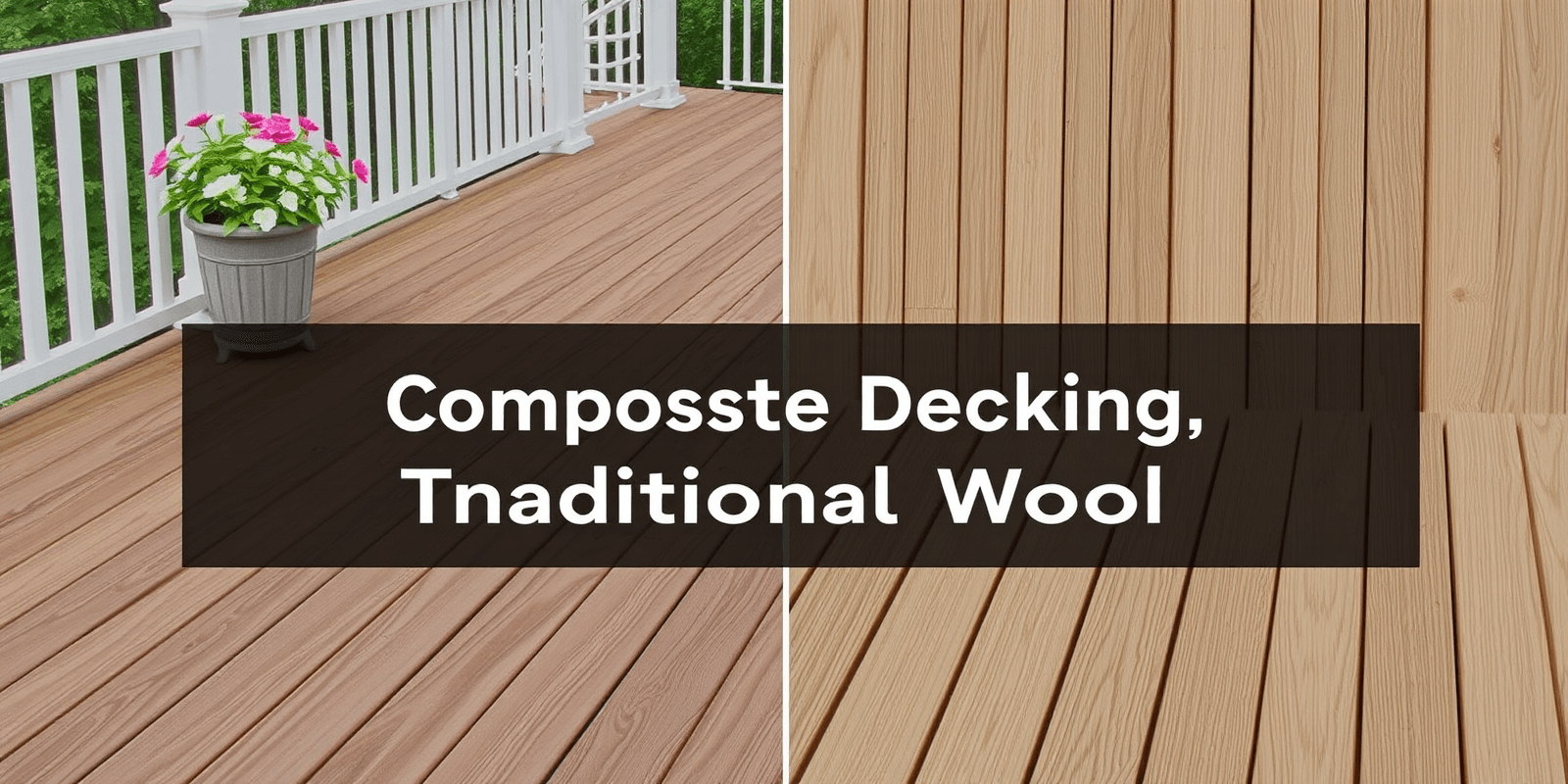“`html
Wood or Composite Decking UK: A Comprehensive Comparison
Introduction
Decking is a popular choice for outdoor spaces in the UK, offering both functionality and aesthetic appeal. When choosing between wood and composite decking, it’s essential to consider the specific needs of the UK climate. This article delves into the key aspects of each material, including initial cost, maintenance requirements, durability, and aesthetic appeal, to help you make an informed decision.
Initial Cost
The initial cost of wood and composite decking can vary significantly. Wood is generally more affordable upfront, with softwoods like pine and hardwoods like oak being common choices. Composite decking, made from a mix of wood fibers and plastic, tends to be more expensive initially but can offer better long-term value due to its durability and low maintenance requirements.
Maintenance Requirements
Maintenance is a crucial factor when considering the longevity and appearance of your deck. Wooden decks require regular sealing and staining to protect against moisture, rot, and insect damage. In contrast, composite decking is designed to resist these issues, requiring minimal upkeep beyond occasional cleaning. The UK’s variable weather conditions, with frequent rain and occasional extreme temperatures, can test the resilience of both materials.
Durability
Durability is paramount for any outdoor structure, especially in the UK’s often damp climate. Wood can deteriorate over time, particularly if not properly maintained, leading to warping, cracking, and potential safety hazards. Composite decking, while not impervious to wear, is generally more resistant to these issues. It is less prone to fading, splintering, and insect infestation, making it a durable option that can withstand the UK’s environmental challenges.
Aesthetic Appeal
Aesthetics play a significant role in choosing decking material. Natural wood offers a warm, traditional look that can enhance the beauty of any garden or patio. Composite decking, however, has evolved to mimic the appearance of wood while providing additional color options and a consistent finish. Both materials can be customized with various stains and finishes to suit individual preferences, though wood may require more frequent touch-ups to maintain its appearance.
Conclusion
In summary, both wood and composite decking have their advantages and disadvantages in the UK context. While wood is initially cheaper and offers a natural aesthetic, it requires more maintenance and may not be as durable in the long run. Composite decking, although more expensive upfront, provides a low-maintenance, durable alternative that can withstand the UK’s challenging climate. Ultimately, the best choice depends on your budget, desired level of maintenance, and aesthetic preferences.
“`



